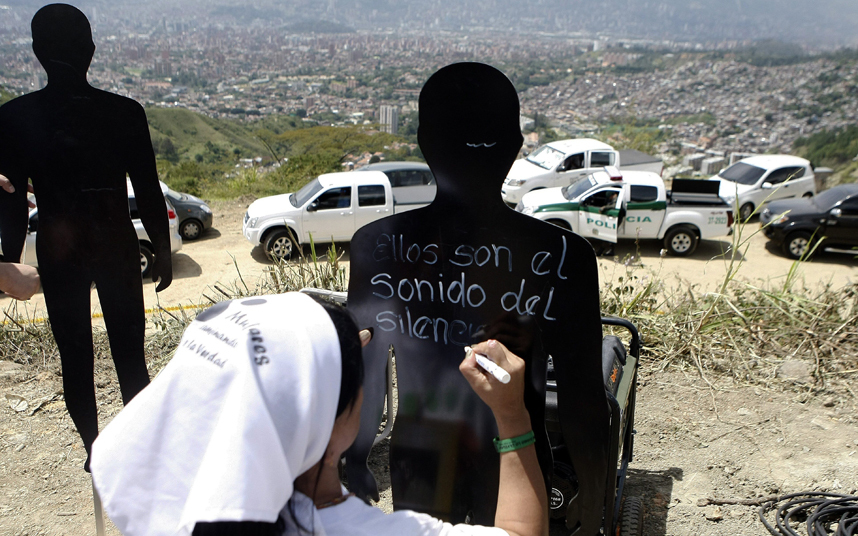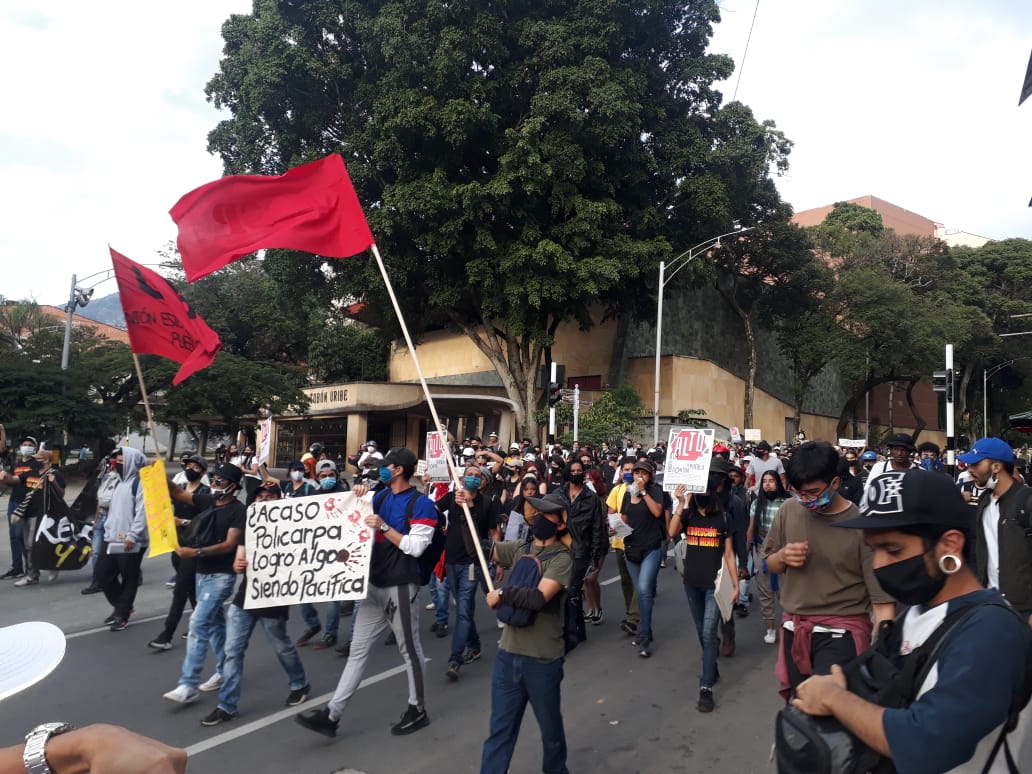
The city celebrates its 480th birthday today. Image courtesy of Jose David Parra.
Another year, another birthday: and Bogotá has arguably never looked better 480 years after being established
The Colombian capital which more than 10 million people call home has experienced a tumultuous history over almost five centuries, and today marks a good time to reflect on both the good and bad times.
The city has certainly come a long way since the Spanish conquistador, Gonzalo Jimenez de Quesada, first established a settlement of 12 wooden huts in 1538. Once home to the Zipa and Zaque tribes in the lowland Savannah plains surrounding the city, the conquistadors quickly established the infrastructure of a settlement.
https://twitter.com/crisscuiti03/status/1026435055844052992
There are a number of stories about how Bogotá got its name and the exact location of the city’s birthplace – though many say it was the Chorro de Quevedo. That same square is now home to a replica of Bogotá’s first church, Capilla del Humilladero. The oldest surviving church in the capital is La Iglesia de San Francisco, built by Franciscan monks between 1550 and 1567.
Others contest that the city was in fact created in Plaza de Bolívar, initially the site of wooden stocks which the Spanish conquistadors used for public trials and humiliation.
From its unlikely rise as the seat of the Spanish-controlled kingdom of New Granada during the 16th century – beating Cartagena, Mompox and Tunja – Bogotá remained a thriving capital of the viceroyalty of Nueva Granada during the 18th century. Colombia would then gain independence a century later.
https://twitter.com/Justice_Travel/status/1026465955650650112
The Spanish colonists heavily influenced the city that we see today. The flavour is evident in the architecture in the Candelaria, the grid system that follows Spanish city planning rules and the many churches that dominate the cityscape.
Bogotá played a leading role in the story of Colombia’s struggle for liberty. Many other departments had declared independence, but it is the day when the citizens of Bogotá made their proclamation – on July 20, 1810 – that is celebrated as Independence Day.
And then of course there was the conclusive Battle of Boyacá nine years later when Bolívar reclaimed the city for good – with the anniversary of the battle to be remembered the following day on Tuesday.
These days finds Bogotá in a particularly bright spot of its history. The war with the FARC is over and the national economy continues to grow annually. In fact, between 2000 and 2016, Colombia received more than $150 billion in total foreign direct investment. Meanwhile tourist arrivals increased by 70 percent between 2010 and 2015.
The city still has two decades until the big 500, but the future has never looked brighter for Bogotá and Colombia.





